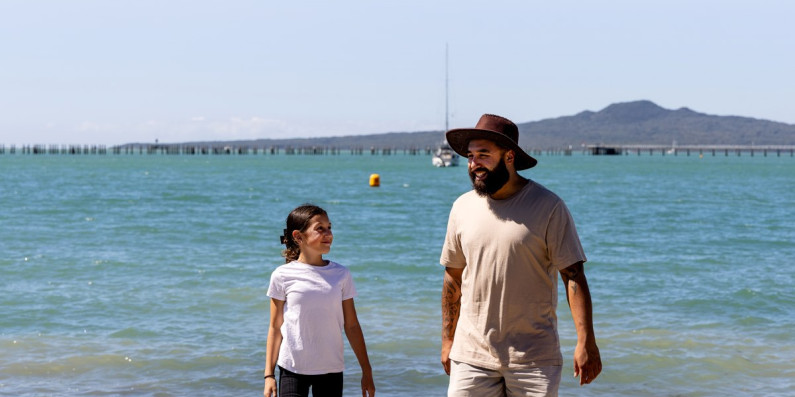The report highlights how climate change and human activity are putting increasing pressure on our coasts and the ocean - affecting communities, industries, and ecosystems across the country.
It draws on a wide body of evidence, including:
- peer‑reviewed research
- government reports
- mātauranga Māori
- official statistics.
It was independently reviewed by subject‑matter experts to ensure the findings are robust and reliable.
“For many people, the sea is part of daily life – whether through work, recreation or cultural connection. This report brings together the best available evidence to show how that environment is changing, and why it matters,” says Alison Collins, Chief Science Advisor at the Ministry for the Environment.
“Continuity in environmental reporting is essential. It allows us to track trends over time, identify emerging risks, and make informed decisions because we know the challenges and can build resilience for the future."
